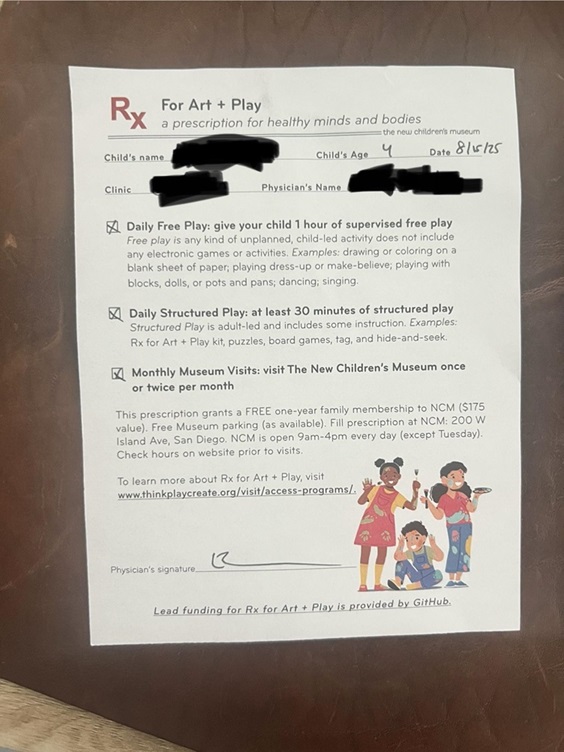I haven’t written about any of his posts for a couple years, but I have been following Gordon Firemark’s entertainment law blog for 15 years, if not longer.
At one point he wasn’t posting with great frequency, but recently he has been releasing quite a bit of content. A good deal of it has been related to online content.
For example, he recently wrote about making sure you have a “podcast pre-nup” in case one of the co-hosts decides to leave and take half the podcast with them. He cites an example of a client who came to him after making a couple mistakes and provides advice about how to draw up agreements to avoid these issues before they crop up.
He offers a mix of free and paid templates for podcasters to use. Another section of his site has forms for digital entrepreneurs which covers everything from media rights to providing coaching services.
Another topic he recently covered was Brand Deals for social media influencers. He notes there are a lot of legal issues influencers can run into and some forms of disclaimer may not be enough to fend off accusations of fraud or misleading claims.
He points out that that just because platforms provide resources and tools, it doesn’t mean one has unlimited use of them without proper licensing. Similarly, the platform rules are there to protect them and not you.
Platform Policies Are Not Legal Advice
Each platform has its own rules, but those are designed to protect them, not you. Just because a platform allows something doesn’t mean it’s legal. And just because a brand sends you a contract doesn’t mean it’s fair, enforceable, or protective of your rights.
Another recent post warned anyone using websites to support their business not to ignore the content of the site policy language in the website footers. Using the boilerplate language provided or copying the language from another site can get you into trouble.
Here’s why:
-If your disclaimer doesn’t match your niche (coaching, wellness, financial), you’re leaving yourself wide open.
-If your Privacy Policy doesn’t align with how you actually handle user data, you’re violating FTC rules—and likely breaking GDPR, too.
-If your refund policy isn’t clearly disclosed at checkout, you could be in violation of new “Click to Cancel” rules.
If you are looking for some basic information about the legal side of entertainment law in a number of different formats and media, stopping by his website to look at his posts and the issues addressed by his forms can be a good place to start. Especially in terms of giving you a sense of what sort of questions you should be asking.



Thanks for what you are doing to bring cultural change to the arts. It is so important to represent everyone.…